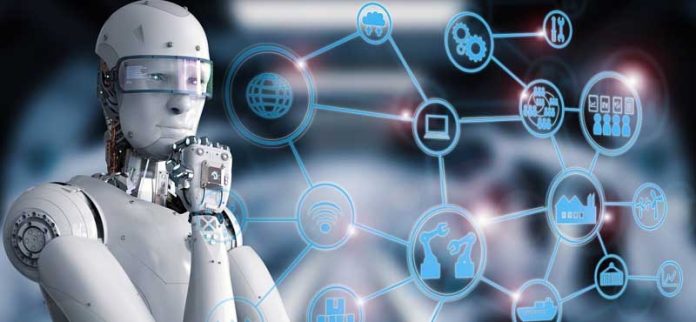- Ever since the pandemic struck the universe, several sectors have undergone duress struggling to not only stay afloat to live another day but also look up to much-needed succour from any quarters to reinvent. As you are aware, the education sector is one of the most badly affected sectors since the mobility restrictions compelled children to stay indoors for almost two years. Now that the pandemic is hopefully behind us, the learning gap of children is of utmost concern for educators who are leaving no stone unturned in ensuring students are provided with every opportunity to stay relevant. Indian students are not different from the phenomenon observed around the globe on the matter.

PC: JULIA PYPER
- Now, new challenges are emerging which should be confronted adroitly to improve school learning outcomes. The ASER 2022 report indicating how much the pandemic pushed reading and math outcomes below already disquieting levels, has come amidst a global panic about how much ChatGPT, an artificial intelligence tool that can write college and school essays and solve some basic problems, will be upending education. For instance, it’s been banned from New York City public schools’ devices and networks. Remember this chatbot was launched less than two months ago, more advanced versions and cousins will take exponentially faster tolls. Yet, most of India’s policymakers, school administrators, and teachers maintain a loud silence on this topic.
- Worryingly, their attitude makes zero sense given the breakneck pace at which the country has been embracing new technologies. They are strikingly swifter at catching global cultural trends. The pull of a tool that can do the homework without the teacher detecting the plagiarism, is no different in Bengaluru than in New York. Also, we know bans are a poor counter, with ChatGPT itself suggesting multiple ways of evading them. Further, much more sensible workarounds are also being devised, such as increased in-class, handwritten and creative assignments. ASER reports that across rural government and private schools, since 2018 the proportion of Class V children who can read at least a Class II text has fallen from 50.5% to 42.8%, while the number of Class V children who can do division has fallen from 27.9% to 25.6%.

PC: Bharath Joshi, DHNS, Bengaluru
- In theory, it is possible that as deep learning is being deployed for mass admissions and testing, it can help guide more effective lesson plans. But this will need teachers with very sophisticated pedagogical and digital competency to be in the driving seat. Indian Achilles heel remains the poorly trained teachers. Herding them into a stadium to sit through lectures is a very poor substitute for learning by doing. Disturbingly, Bihar’s pupil-teacher ratio is a horrifying 54, 55, and 63 at the primary, secondary, and higher secondary levels. Needless to mention, let’s first equip our teachers better, then they can help turn Artificial Intelligence from learning’s foe to friend. Will our policymakers focus on uplifting the same? My guess is as good as yours.






